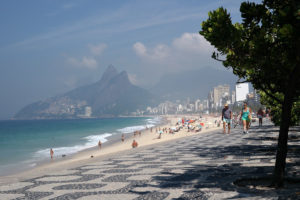
Praia de Ipanema Ipanema Beach Rio de Janeiro
Bossa Nova was born on the tropical beaches of Rio de Janeiro in the late 1950s. The Bossa Nova movement emerged from a small alley on Copacabana, which became popularly called Beco das Garrafas. This alley was home to multiple small nightclubs that featured the artists who played and sang Bossa Nova in the beginning and created a musical style that would become world famous.
Bossa Nova is a samba-based musical genre that combines traditional Brazilian music and rhythms, with American jazz, and Portuguese lyrics. It was born from the youthful beach culture, sensual pleasure, and romance that is in the DNA of Brazillian music.
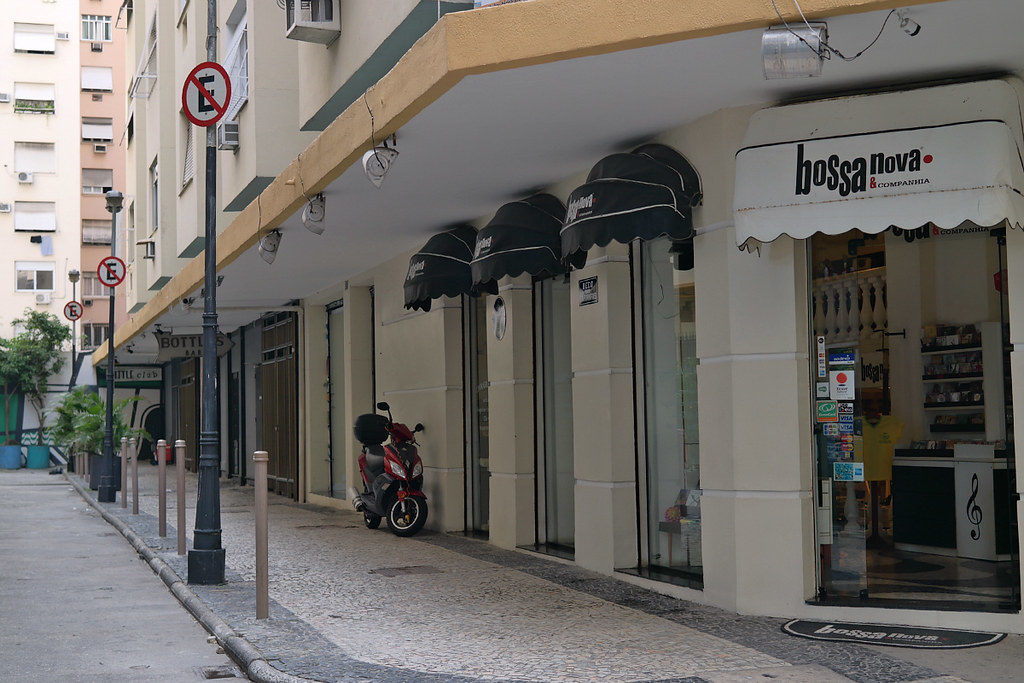
Beco das Garrafas in Ipanema, Rio de Janeiro
The alley is an area where small nightclubs and bars were concentrated between 21 and 37, on Duvivier Street in Copacabana. This area is only a few hundred feet from the sea, and in the late 1950s and the mid-1960s it was a hub for Bossa Nova’s pioneers. There were three key nightclubs that led the movement, Little Club, Baccarat but the most famous among them was Bottle’s.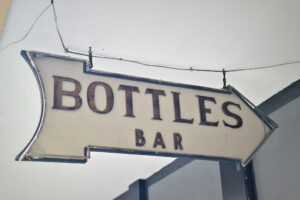
The small smoke-filled bars where the scene was nurtured clubs were called “smokers”. Some say the name “Ally of Bottles” came because the music enticed revelers to empty bottles of liquor at the bars, and others say it was because the neighbors threw bottles from their homes at the people partying loudly into the early morning hours in the alley, but whatever the origin is, the name stuck when the “Alley of Bottles” became famous for its bossa nova music scene. The Bossa Nova’s muse, was a woman named Nara Leão, who often hosted musical gatherings in her flat in this neighborhood.
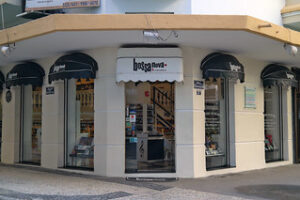
Bossa Nova & Companhia e Beco das Garrafas Ipanema Rio de Janeiro RJ
Bossa Nova’s most noteworthy figureheads who played there were Antônio Carlos Jobim, a gifted composer, and João Gilberto, an incredible guitarist and singer, lyricist Vinícius de Moraes, jazz pianist Sérgio Mendes, composer/guitarist, Roberto Menescal.
While there was a concurrent scene in São Paulo, picturesque Rio de Janeiro is Bossa Nova’s most well-known home. Quieter beach-inspired sounds were combined with jazz in ‘Bottles Bar’ which was the most famous of these small, sweaty, smoke-filled venues.
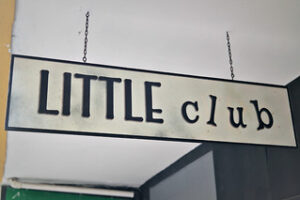 Many say, Bossa Nova was ‘discovered’ in one of these clubs by an American A&R man on holiday, when he saw Tom Jobim and João Gilberto playing. Others say it was born from US jazz artist jamming with locals here.
Many say, Bossa Nova was ‘discovered’ in one of these clubs by an American A&R man on holiday, when he saw Tom Jobim and João Gilberto playing. Others say it was born from US jazz artist jamming with locals here.
Whatever happened on this street in Rio, Americans loved Brazil’s ‘New Beat’. In 1962, there was a concert at New York’s Carnegie Hall and the Bossa Nova craze had arrived. In 1964, American Stan Getz recorded ‘The Girl from Ipanema’ with João Gilberto and his wife Astrud on vocals, along with Tom Jobim, the song’s co-composer, on piano.
The album Getz/Gilberto spent 96 weeks in the US charts and ‘The Girl from Ipanema’ would become the world’s second most played song behind the Beatles’ ‘Yesterday’. It was a worldwide hit in the mid-1960s and the album it was on, Getz/Gilberto won a Grammy for Record of the Year in 1965.
